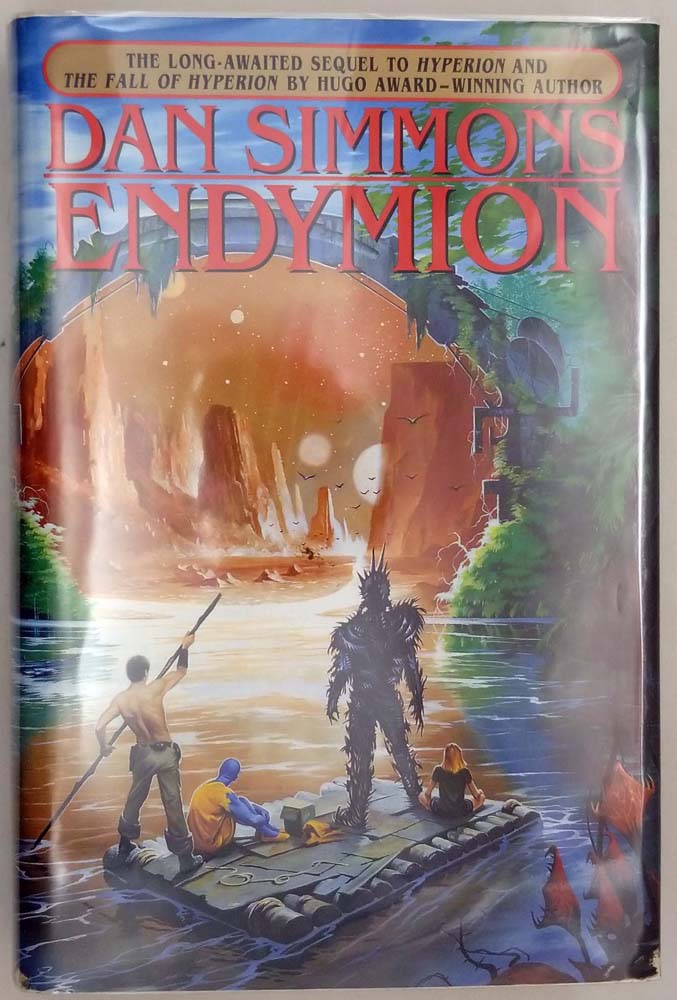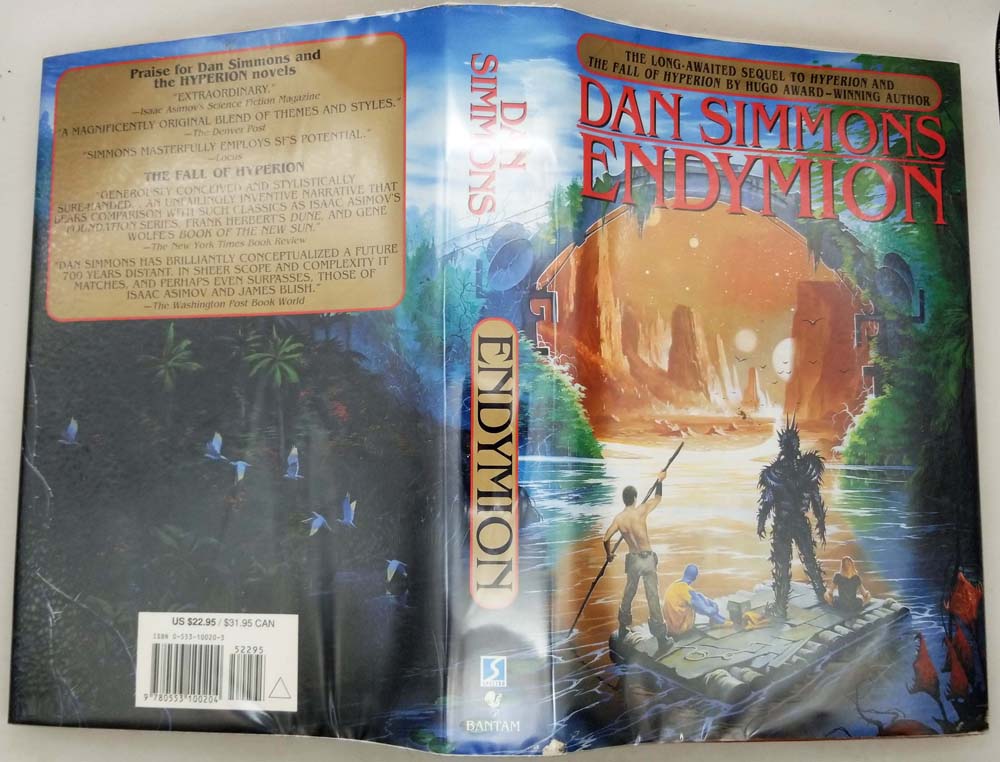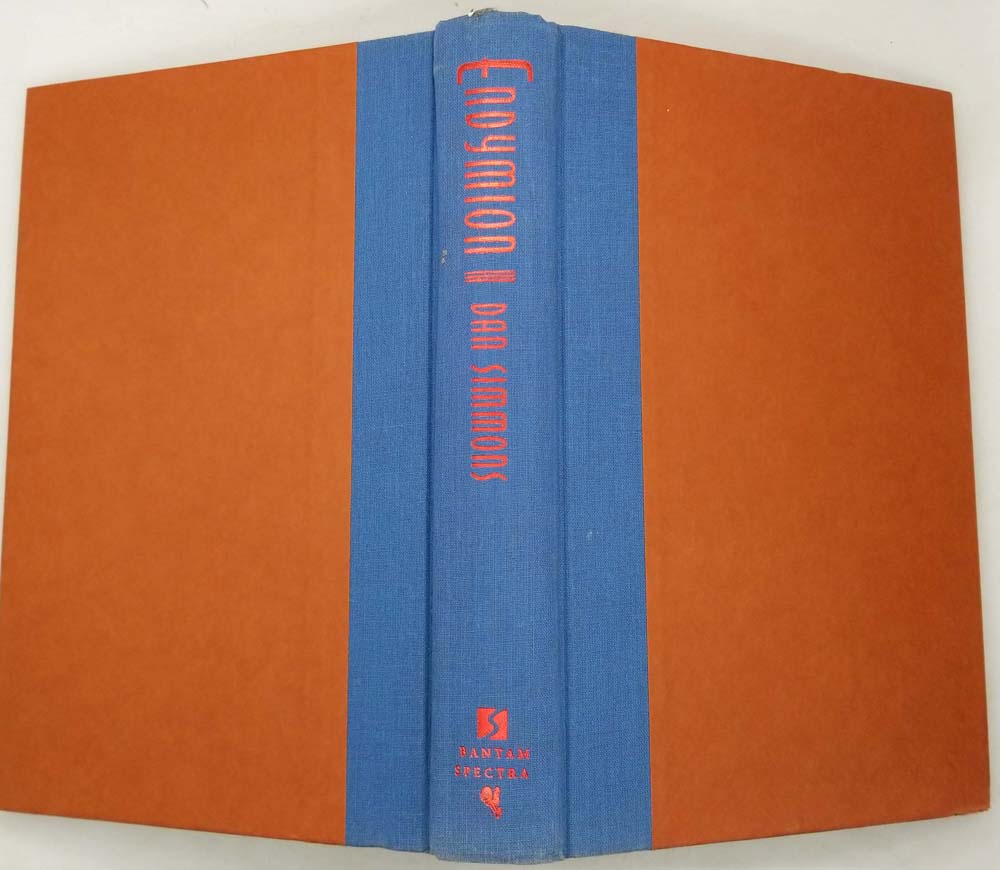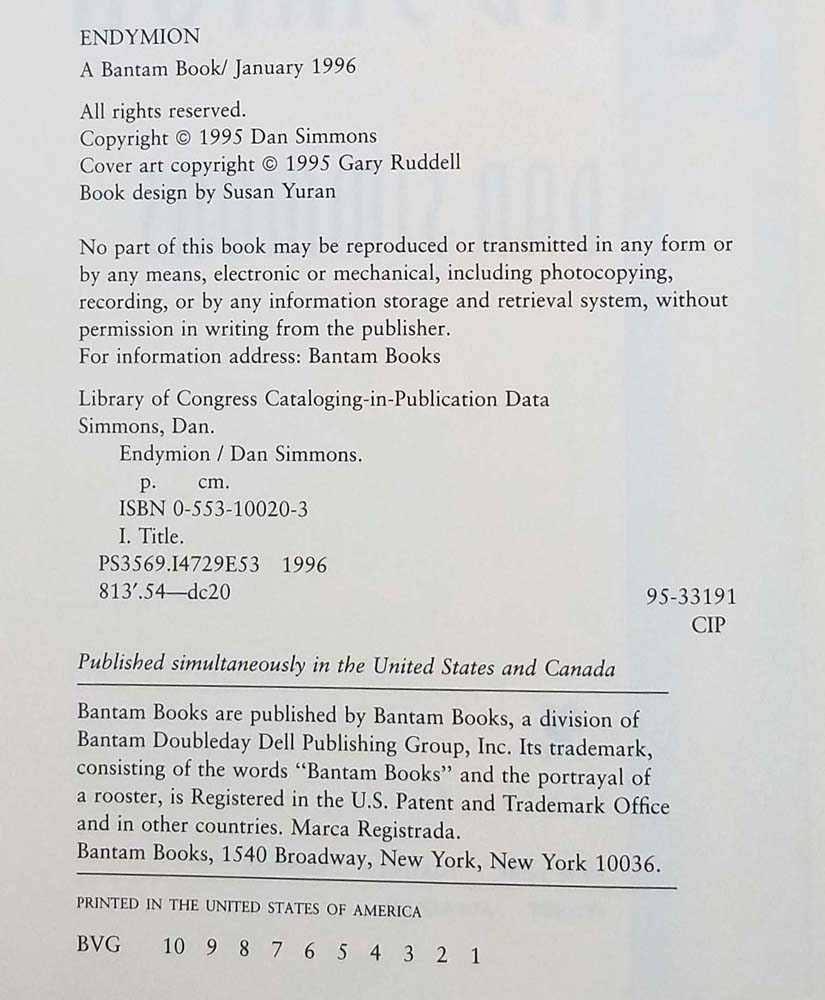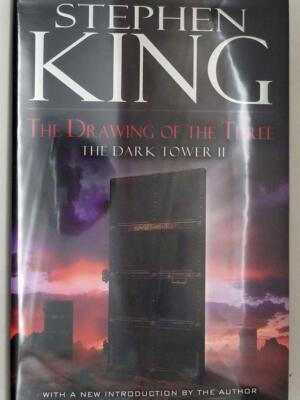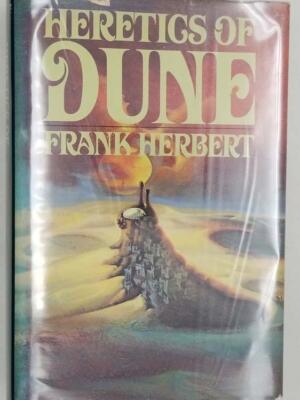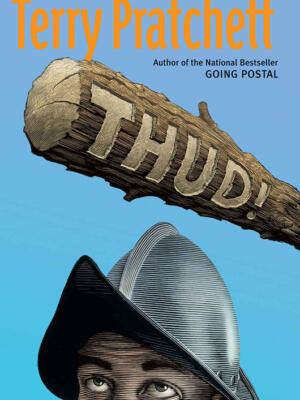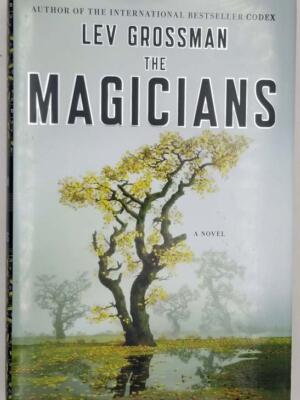Endymion (1996), the third novel in Dan Simmons’ Hyperion Cantos, is a sweeping science fiction epic that expands the universe established in Hyperion (1989) and The Fall of Hyperion (1990). Set nearly three centuries after the events of the original duology, the novel shifts focus to new protagonists while deepening the saga’s philosophical and theological conflicts.
The story follows Raul Endymion, a disgraced soldier and unlikely hero, who is drawn into a cosmic struggle when he is chosen to protect Aenea, a mysterious child with extraordinary abilities. Believed by some to be a messiah, Aenea threatens the dominion of the Pax Empire, a theocratic regime that rules humanity through a perverse fusion of religion and technology—most notably the cruciform, a parasitic symbiote that grants immortality at the cost of free will. Pursued by the relentless Father Captain Federico de Soya, a morally tormented priest-captain of the Pax, Raul and Aenea embark on a perilous journey across multiple worlds, aided by the resurrected Consul’s ship and haunted by the enigmatic, time-traveling Shrike.
Simmons weaves together elements of adventure, metaphysics, and political intrigue, exploring themes of destiny, rebellion, and the corrupting influence of absolute power. The novel revisits lingering mysteries from the earlier books—such as the fate of the TechnoCore, the true nature of the Time Tombs, and the legacy of the poet John Keats (whose digital consciousness remains a key influence)—while introducing new layers of myth and prophecy.
Though Endymion lacks the nested storytelling structure of Hyperion, it compensates with grand-scale worldbuilding and emotional depth, particularly in the evolving relationship between Raul and Aenea. Critics have noted its slower pacing compared to the breakneck intensity of the first two books, but its philosophical richness and narrative ambition solidify its place as a vital bridge to the series’ conclusion in The Rise of Endymion (1997).
A masterful blend of space opera and existential inquiry, Endymion reaffirms Simmons’ talent for merging high-concept speculation with deeply human drama. For readers invested in the Hyperion Cantos, it offers both thrilling expansion and poignant reflection on the saga’s central question: What price must humanity pay for transcendence?
